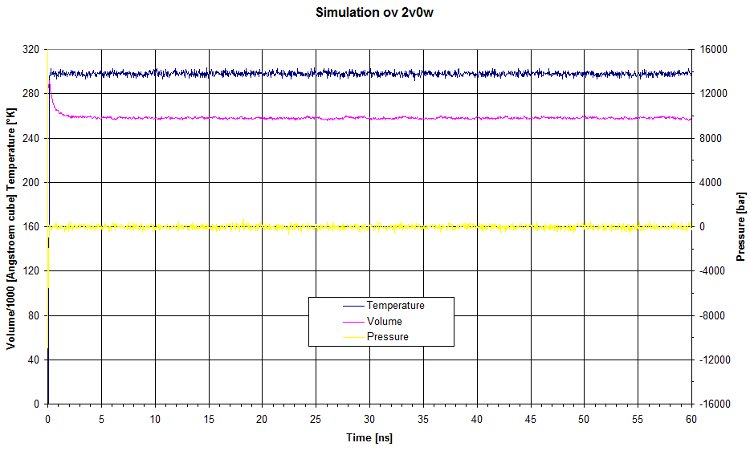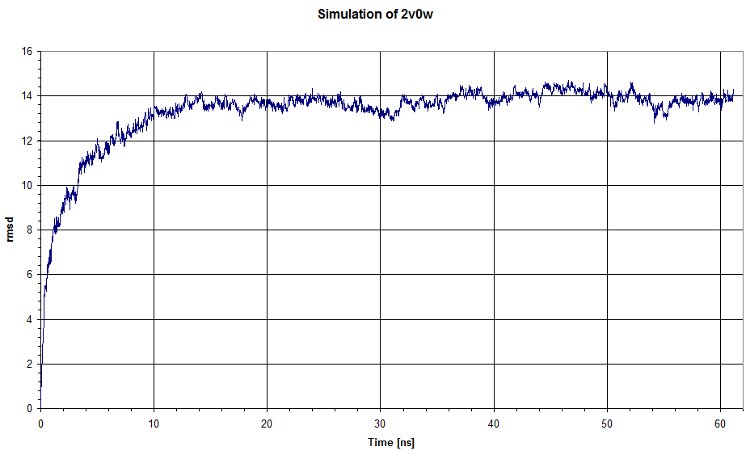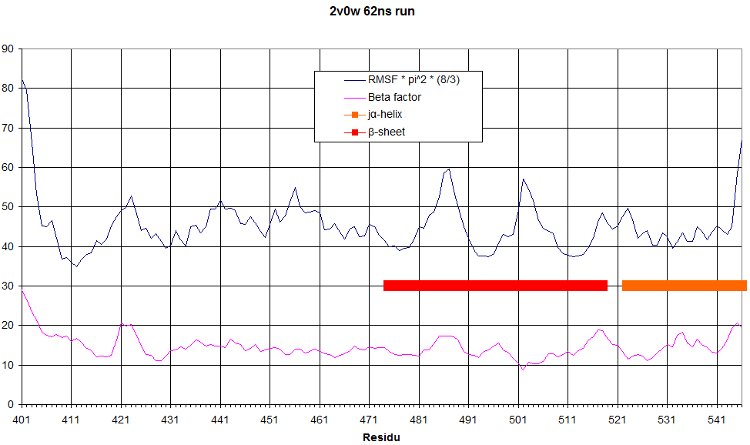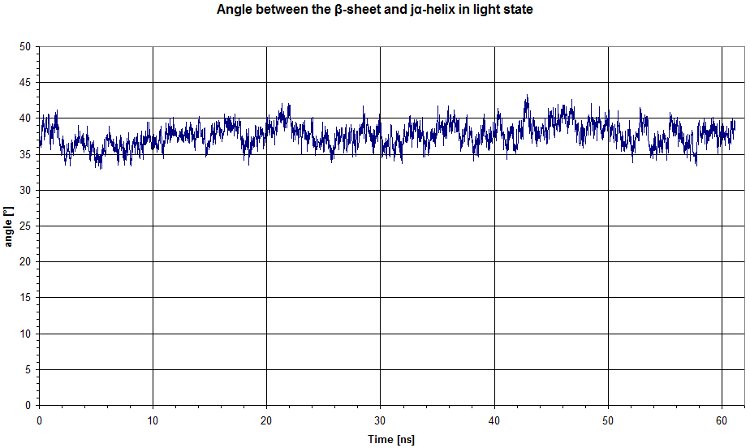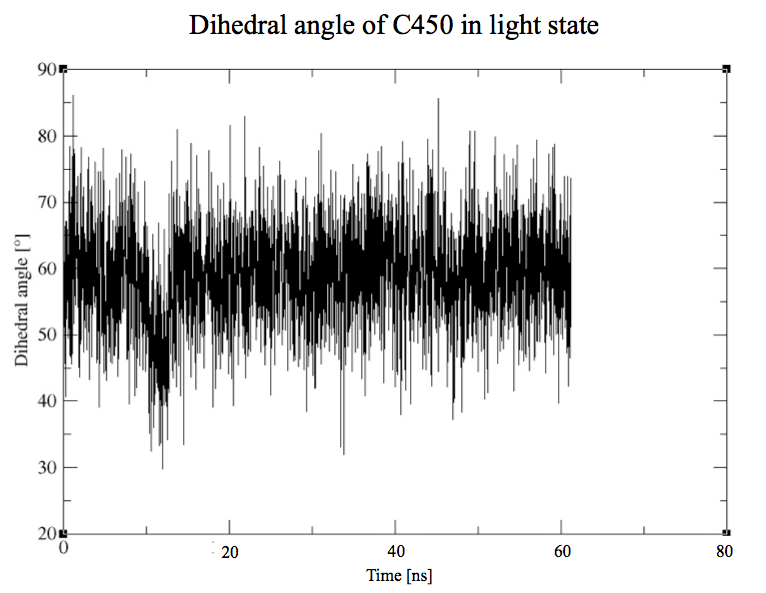Team:EPF-Lausanne/Results/ELS
From 2009.igem.org
(Difference between revisions)
m |
m |
||
| Line 46: | Line 46: | ||
=Analysis of the simulation= | =Analysis of the simulation= | ||
| + | As for the dark state, we tried to find a change in the j-alpha helix then looked at the comportment of the residues. | ||
| + | |||
| + | ---- | ||
| + | |||
| + | We ploted the angle between the helix and and a strand of the beta sheet. As in the light state we don't see a clear movement. | ||
| + | [[Image:2v0w_sim_angoli.jpg|center]] | ||
| + | |||
| + | ---- | ||
An interesting residue to study in the light state is the residue n° 450, which is the cystein that reacts with the cofactor. Here we plot the dihedral angle of this residue to see how many time the cystein point toward the FMN: | An interesting residue to study in the light state is the residue n° 450, which is the cystein that reacts with the cofactor. Here we plot the dihedral angle of this residue to see how many time the cystein point toward the FMN: | ||
Revision as of 15:47, 19 October 2009
We run a a 62ns simulation on the 2v0w light state using 32 processors. Here is a video.
Validation of the simulation
Here are the values of pressure, temperature and volume for this run.
The rmsd along the run gives:
And the rmsf is:
Analysis of the simulation
As for the dark state, we tried to find a change in the j-alpha helix then looked at the comportment of the residues.
We ploted the angle between the helix and and a strand of the beta sheet. As in the light state we don't see a clear movement.
An interesting residue to study in the light state is the residue n° 450, which is the cystein that reacts with the cofactor. Here we plot the dihedral angle of this residue to see how many time the cystein point toward the FMN:
 "
"

